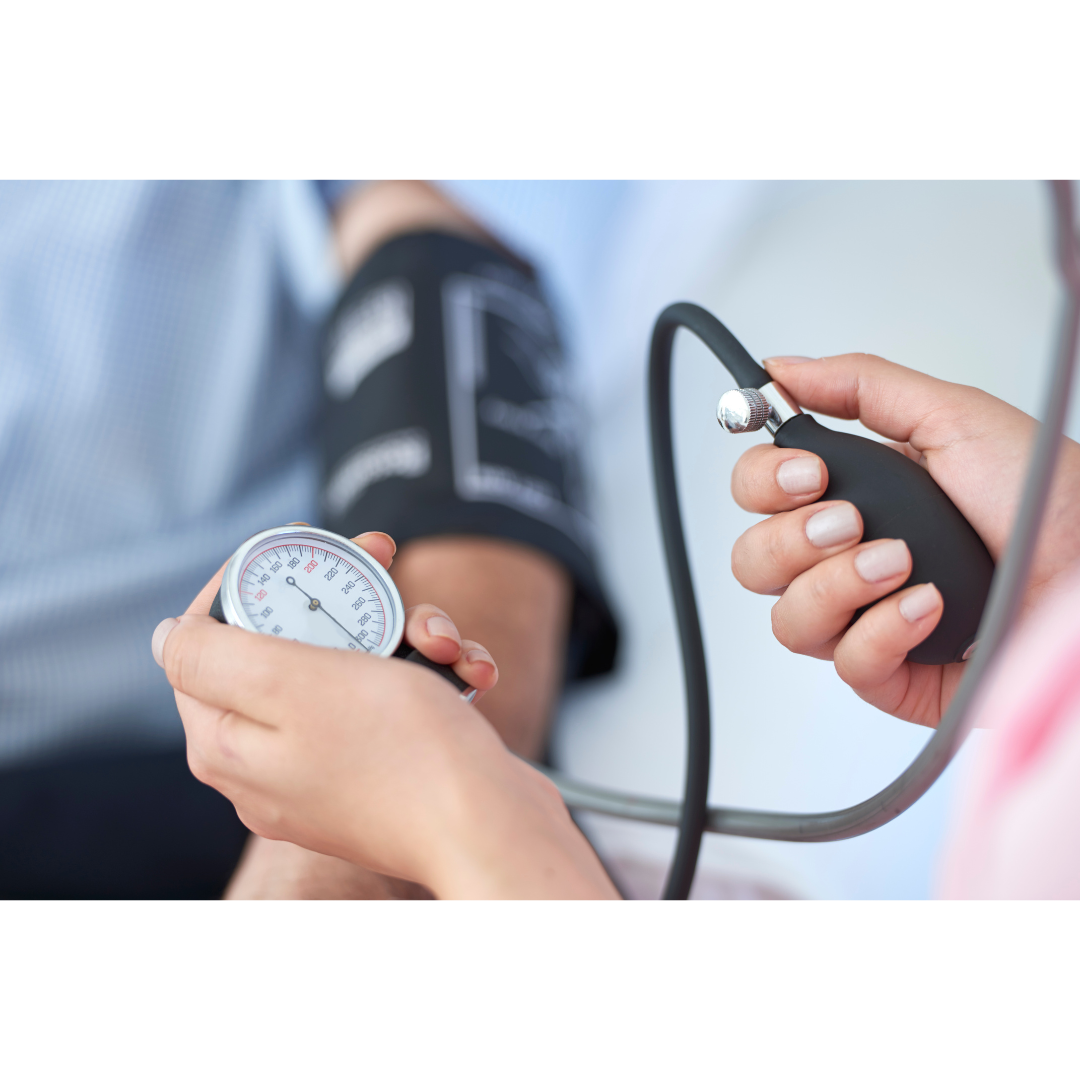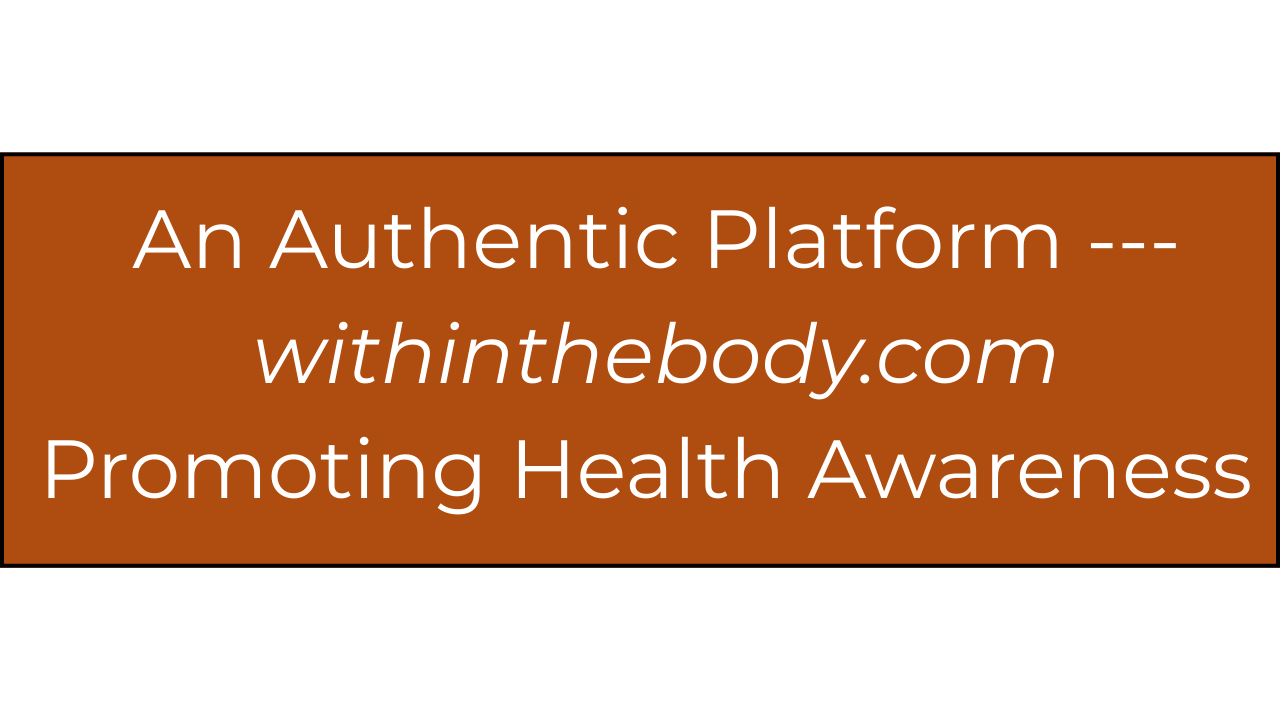High Blood Pressure: The Real Dangers and Control Tips


Introduction
High blood pressure (hypertension) is often called the "silent killer" because it usually develops without noticeable symptoms, yet it silently damages blood vessels, the heart, kidneys, brain, and eyes over years. It is not just a number on a monitor — it is a powerful risk factor for stroke, heart attack, heart failure, kidney disease, and even dementia. Understanding the dangers and learning how to control blood pressure is essential for every individual, from the general population to medical professionals.
General Readers
For most people, high blood pressure means the heart has to work harder to push blood through stiff or narrowed arteries. Imagine water flowing through a pipe — when the pipe is narrowed, the pressure increases, and damage occurs. Over time, this damage weakens the heart and increases the chance of stroke or kidney failure.
Simple steps to protect yourself include:
• Regular monitoring: Even if you feel well, check your blood pressure.
• Lifestyle measures: Reduce salt, avoid smoking, limit alcohol, maintain healthy weight, and stay physically active.
• Early treatment: If diagnosed, take your prescribed medicines regularly — never skip doses.
Medical Students
For medical students, hypertension represents a complex interplay of genetics, environment, and lifestyle factors. The pathophysiology includes increased systemic vascular resistance, vascular remodeling, and renal contribution to volume overload.
• Key complications: Left ventricular hypertrophy, ischemic heart disease, stroke, chronic kidney disease, and hypertensive retinopathy.
• Classification: Normal (<120/80 mmHg), elevated, Stage 1 (130–139/80–89), Stage 2 (≥140/90), hypertensive crisis (>180/120).
• Learning point: Even mild hypertension doubles the risk of cardiovascular events if left untreated. Prevention and control are as important as treatment.
Young Doctors
Young physicians must recognize that hypertension is more than prescribing a pill — it is a lifelong condition that demands patient education, adherence monitoring, and continuous follow-up.
Clinical pearls:
• Always measure blood pressure correctly — use the right cuff size, ensure patient is relaxed, and check both arms.
• Rule out secondary causes in young patients (<30 years) or resistant cases.
• Combine non-pharmacological advice (salt restriction, exercise, weight reduction) with pharmacological therapy.
• Tailor medication choices: ACE inhibitors/ARBs, calcium channel blockers, diuretics, and beta-blockers depending on patient profile (diabetes, heart failure, CKD, etc.).
• Most important skill: Counselling patients in simple language so they understand why lifelong treatment is necessary.
General Practitioners
For general practitioners, hypertension is a daily challenge in outpatient clinics. The majority of patients present without symptoms, and it is the GP’s responsibility to identify and treat them early.
• Approach:
• Screen all adults at least once a year.
• Encourage home monitoring for more reliable readings.
• Treat holistically: control blood pressure, cholesterol, diabetes, weight, and lifestyle habits together.
• Ensure patient adherence — many patients discontinue medication when they “feel fine.”
• Practical advice: Keep updated with local and international guidelines (ESC, AHA, NICE, etc.), but always individualize treatment according to patient comorbidities and affordability of drugs.
When to See the Doctor
• Persistent readings above 140/90 mmHg.
• Sudden severe headache, chest pain, shortness of breath, or blurred vision.
• History of stroke, heart attack, or kidney disease.
• Pregnant women with high blood pressure.
• Young individuals with very high or resistant hypertension.
Conclusion
High blood pressure remains one of the most common yet underappreciated threats to health worldwide. It rarely announces itself but steadily inflicts damage to vital organs. For the general public, prevention through lifestyle is the first line of defense. For medical students and young doctors, understanding the mechanisms and management principles is critical. For general practitioners, early detection, long-term follow-up, and patient counseling are the cornerstones of care.
Remember: Controlling blood pressure is not just about lowering numbers — it is about preventing strokes, protecting the heart, and ensuring a healthier, longer life.
Blood Pressure: Normal and Abnormal Values by Age
Adults (≥18 years)
• Normal: <120 / <80 mmHg
• Elevated (Pre-hypertension): 120–129 / <80 mmHg
• Hypertension Stage 1: 130–139 / 80–89 mmHg
• Hypertension Stage 2: ≥140 / ≥90 mmHg
• Hypertensive Crisis: ≥180 / ≥120 mmHg (urgent medical attention required)
Children (1–12 years)
Blood pressure in children varies with age, sex, and height percentile. Generally:
• Normal: Below the 90th percentile for age, sex, and height
• Elevated: 90th to 95th percentile, or 120/80 mmHg (whichever is lower)
• Hypertension: Above the 95th percentile on 3 separate occasions
Adolescents (13–17 years)
• Normal: <120 / <80 mmHg
• Elevated: 120–129 / <80 mmHg
• Hypertension Stage 1: 130–139 / 80–89 mmHg
• Hypertension Stage 2: ≥140 / ≥90 mmHg
Older Adults (≥65 years)
• Target BP (per guidelines): <130/80 mmHg (if tolerated)
• Isolated systolic hypertension is common: Systolic ≥130 mmHg with Diastolic <80 mmHg.
• Too low a BP (<110/60 mmHg) may be harmful, increasing fall risk.
Pregnant Women
• Normal: <120 / <80 mmHg
• Gestational Hypertension: ≥140 / ≥90 mmHg (after 20 weeks, without proteinuria)
• Preeclampsia: ≥140 / ≥90 mmHg with proteinuria or end-organ damage
Pathophysiology of Hypertension
Hypertension is a multifactorial disorder that develops from the interaction of genetic, environmental, neural, hormonal, and vascular mechanisms. Its underlying pathophysiology involves increased systemic vascular resistance, abnormal vascular remodeling, and altered regulation of blood volume and cardiac output.
1. Neurohormonal Mechanisms
Sympathetic Nervous System (SNS) Overactivity
• Chronic activation of the SNS increases heart rate, myocardial contractility, and peripheral vasoconstriction.
• Norepinephrine release stimulates α₁-receptors → arteriolar constriction → increased systemic vascular resistance (SVR).
• β₁-receptor stimulation in the kidney increases renin release, further activating the RAAS.
Renin–Angiotensin–Aldosterone System (RAAS)
• Renin, secreted by the juxtaglomerular cells of the kidney, converts angiotensinogen to angiotensin I.
• Angiotensin II (via ACE) is a potent vasoconstrictor and stimulates aldosterone secretion, leading to sodium and water retention.
• Chronic RAAS activation contributes to vascular hypertrophy, endothelial dysfunction, and arterial stiffness.
2. Vascular Mechanisms
Endothelial Dysfunction
• Normally, the endothelium releases nitric oxide (NO) and prostacyclin to maintain vasodilation.
• In hypertension, oxidative stress and inflammation reduce NO bioavailability, promoting vasoconstriction.
Vascular Remodeling
• Chronic pressure load leads to media hypertrophy, smooth muscle cell proliferation, and collagen deposition.
• This increases arterial stiffness and perpetuates high blood pressure.
Increased Peripheral Resistance
• Small resistance arteries and arterioles undergo structural narrowing.
• Even if cardiac output is normal, this persistent narrowing maintains hypertension.
3. Renal Mechanisms
• The kidney is central in long-term blood pressure regulation.
• Impaired pressure-natriuresis relationship: Normally, higher BP promotes sodium excretion. In hypertension, kidneys retain sodium at higher pressures.
• Salt sensitivity: In some individuals, excess dietary sodium markedly elevates BP due to impaired sodium excretion.
• Ischemic nephropathy may perpetuate hypertension by further activating RAAS.
4. Cardiac Factors
• Initially, cardiac output may be increased (especially in younger patients with early hypertension).
• With progression, increased afterload leads to left ventricular hypertrophy (LVH), diastolic dysfunction, and eventually heart failure.
5. Other Contributing Factors
• Obesity & Insulin Resistance: Hyperinsulinemia enhances renal sodium reabsorption and SNS activity.
• Sleep Apnea: Intermittent hypoxia triggers sympathetic surges and endothelial dysfunction.
• Genetics: Polymorphisms in RAAS components, sodium transporters, and adrenergic receptors contribute to familial predisposition.
Summary
Hypertension develops from a complex interplay of neurohormonal activation (SNS & RAAS), vascular remodeling, endothelial dysfunction, impaired renal sodium handling, and cardiac structural adaptation. These mechanisms reinforce each other in a vicious cycle, leading to sustained elevation of blood pressure and progressive target organ damage (heart, brain, kidneys, eyes, vessels).
Key Physician’s Note:
• Always interpret blood pressure values in context (age, comorbidities, medications).
• In children, percentiles are used — not fixed numbers.
• For adults, the 2017 ACC/AHA guidelines set stricter cutoffs, while European guidelines may vary slightly.
• Repeated measurements in a calm, rested state are essential before diagnosis.
